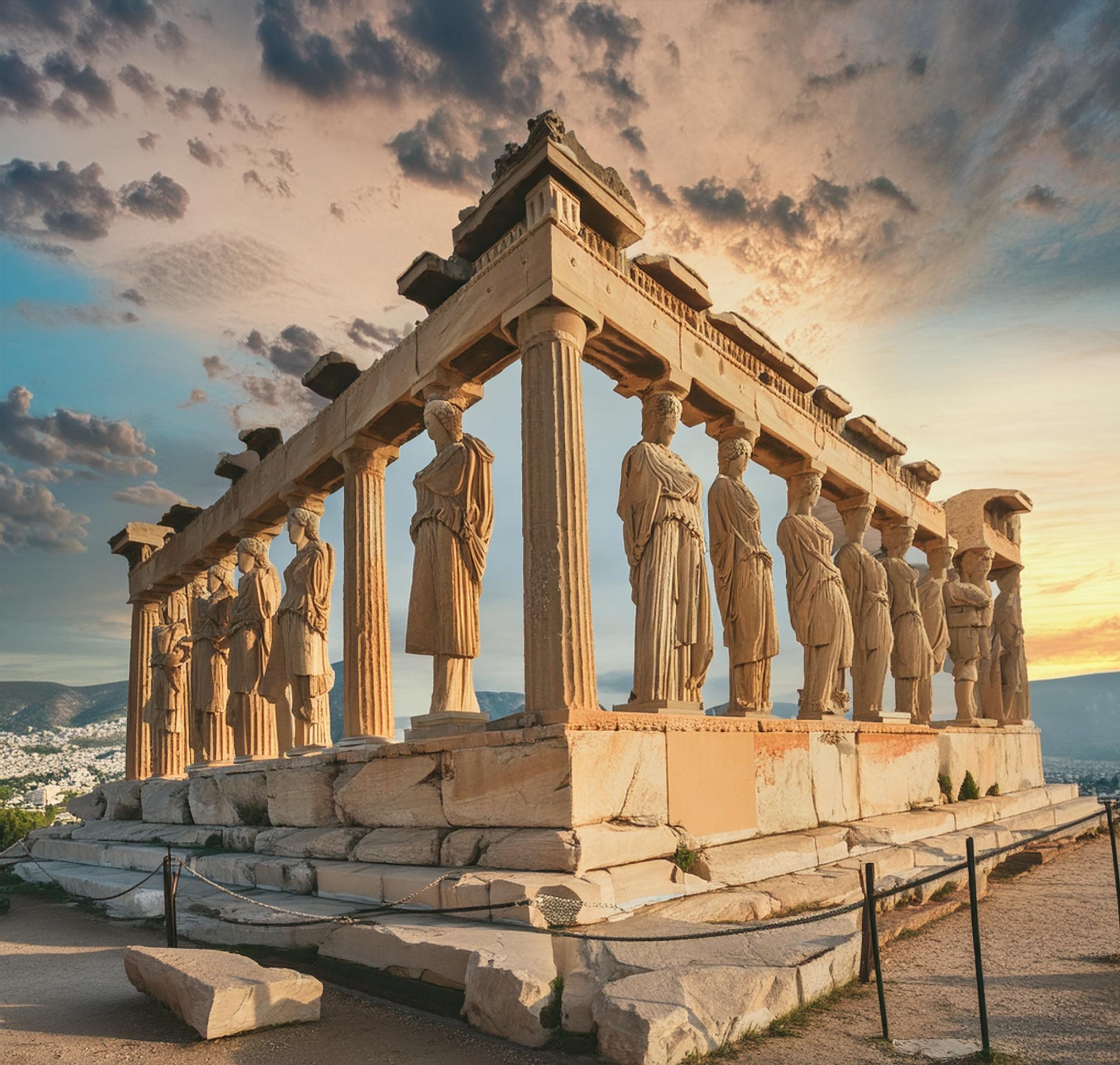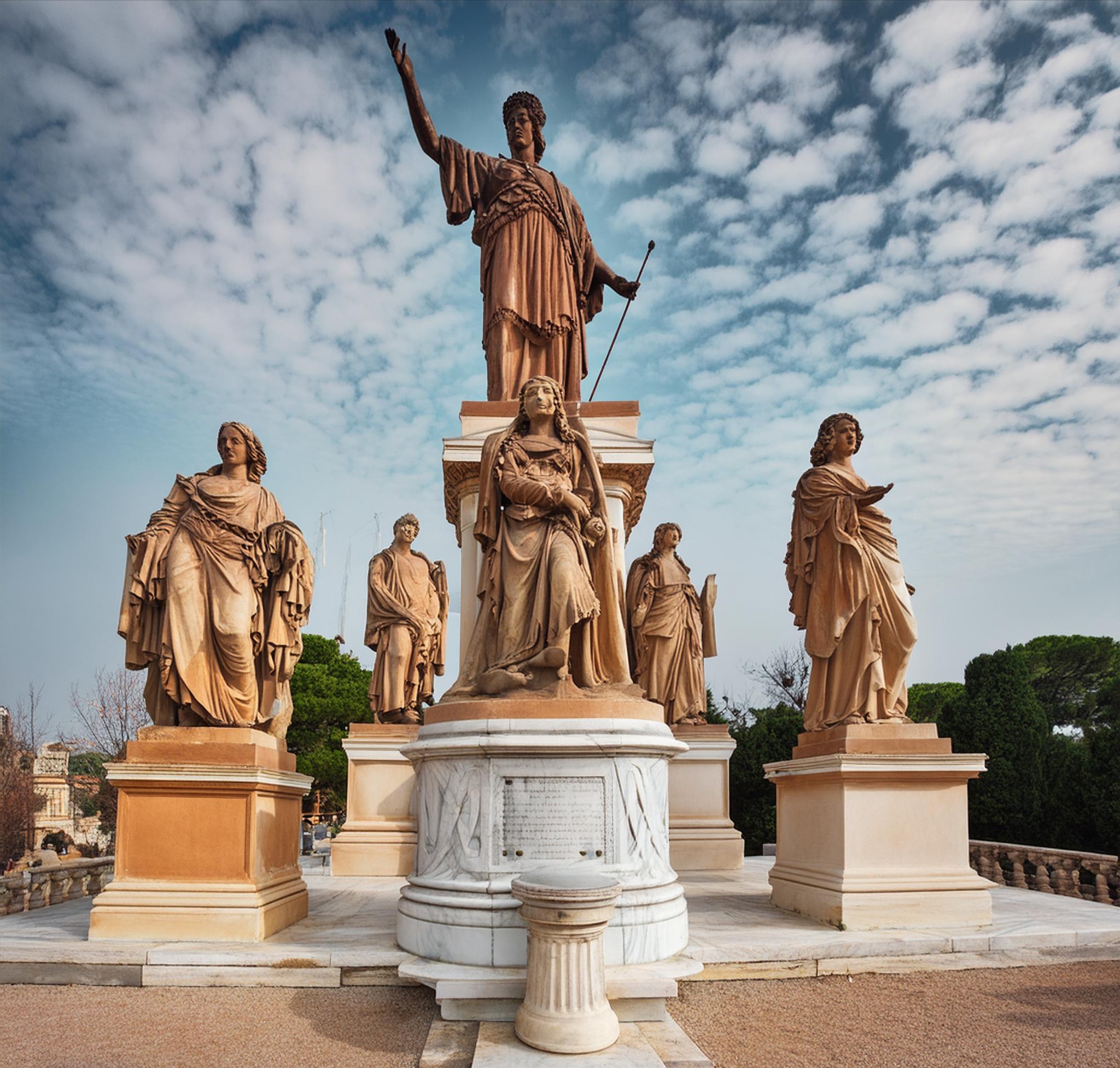Venus of Willendorf, 28,000–25,000 BC
The Venus of Willendorf is a small, limestone figurine that was discovered in Austria and is believed to date back to 28,000–25,000 BC. This ancient artifact is one of the earliest known examples of prehistoric art, depicting a nude female figure with exaggerated features such as large breasts, a round belly, and wide hips. It is thought to have been a symbol of fertility and prosperity, as the figure is often associated with the concept of motherhood and the nurturing of life. Despite its small size, the Venus of Willendorf has had a significant impact on the study of early human societies and has become an iconic representation of ancient art and culture. Its mysterious origins and enigmatic symbolism continue to fascinate researchers and art enthusiasts alike, offering a glimpse into the beliefs and practices of our distant ancestors.
Bust of Nefertiti, 1345 BC
The Bust of Nefertiti is a famous sculpture created in 1345 BC during the reign of Pharaoh Akhenaten in ancient Egypt. This stunning piece of art is believed to have been crafted by the sculptor Thutmose and is considered one of the most iconic representations of beauty and grace in the history of art. The bust depicts Queen Nefertiti, the wife of Akhenaten, with a strikingly elegant and serene expression that captivates all who gaze upon it.
Nefertiti was known for her beauty and power, and the bust captures her regal presence with exquisite detail and precision. The sculpture is made of limestone and stucco, with intricate carvings that showcase the queen’s delicate features, including her high cheekbones, full lips, and graceful neck.
Today, the Bust of Nefertiti is displayed in the Neues Museum in Berlin, where it continues to captivate visitors with its timeless beauty and historical significance. It stands as a testament to the artistry and craftsmanship of ancient Egypt, and as a tribute to the enduring legacy of Queen Nefertiti. 
The Terracotta Army, 210–209 BC
The Terracotta Army is a collection of thousands of life-sized clay soldiers, horses, and chariots that were buried with China’s first emperor, Qin Shi Huang, in 210–209 BC. This incredible archaeological discovery was made in 1974 near the city of Xi’an, China, and has since become one of the most famous and important archaeological sites in the world. The army was created to protect the emperor in the afterlife and was buried with him to accompany him in the next world. Each soldier is unique, with intricate details and expressions, showcasing the incredible craftsmanship of the artisans who created them over 2,000 years ago. The discovery of the Terracotta Army has provided historians with valuable insights into the military, art, and culture of ancient China. Today, the site is a UNESCO World Heritage site and a popular tourist destination.
Laocoön and His Sons, Second Century BC
Laocoön and His Sons is a famous ancient Greek sculpture dated to the second century BC. The sculpture depicts the Trojan priest Laocoön and his two sons being attacked by sea serpents, sent by the gods as punishment for warning the Trojans about the Trojan Horse. The emotional intensity of the sculpture is evident in the contorted expressions of pain and fear on the faces of Laocoön and his sons. The intricate details of the muscular bodies and the twisting forms of the serpents add to the dramatic impact of the sculpture. Laocoön and His Sons is considered a masterpiece of Hellenistic art, showcasing the skill and creativity of ancient Greek sculptors. The sculpture is now housed in the Vatican Museums, where it continues to captivate visitors with its powerful portrayal of a tragic mythological scene. 
Michelangelo, David, 1501-1504
Michelangelo’s iconic sculpture of David, created between 1501 and 1504, is considered one of the greatest masterpieces of the Renaissance period. Standing at over 17 feet tall, the marble statue depicts the biblical figure of David in a moment of intense concentration and determination, preparing to face the giant Goliath. Michelangelo’s attention to detail is evident in the intricate musculature and facial expression of David, capturing the tension and strength of the young shepherd boy. The statue was originally intended for the Cathedral of Florence, but was instead placed in the Piazza della Signoria, where it quickly became a symbol of the city’s defiance and independence. Today, David stands as a symbol of beauty, strength, and courage, a testament to Michelangelo’s unparalleled skill and creativity.
Gian Lorenzo Bernini, Ecstasy of Saint Teresa, 1647–52
The Ecstasy of Saint Teresa is a masterpiece created by the Italian sculptor and architect Gian Lorenzo Bernini between 1647 and 1652. It depicts the moment when Saint Teresa of Avila experienced a divine vision of an angel piercing her heart with a golden arrow, symbolizing the intense spiritual union between the saint and God. Bernini’s sculpture captures the intensity and emotion of this mystical experience, with Saint Teresa’s face expressing a mix of ecstasy and pain. The sculpture is part of the Cornaro Chapel in the Church of Santa Maria della Vittoria in Rome, where it is set against a backdrop of gilded stucco and painted clouds, creating a theatrical and dramatic effect. The Ecstasy of Saint Teresa is considered one of Bernini’s greatest masterpieces, showcasing his skill in capturing movement, emotion, and spirituality in stone.
Antonio Canova, Perseus with the Head of Medusa, 1804–6
Antonio Canova’s masterpiece, Perseus with the Head of Medusa, created between 1804 and 1806, is a stunning example of neoclassical sculpture. The sculpture depicts the Greek hero Perseus holding the severed head of the Gorgon Medusa, a fearsome monster with snakes for hair. Canova’s attention to detail and skill in sculpting the human form are evident in the lifelike appearance of Perseus, from the muscles in his arms to the determination in his eyes. The use of marble adds a sense of purity and elegance to the piece, highlighting Canova’s mastery of the medium. The dynamic composition and dramatic pose of Perseus capture the moment of triumph as he slays Medusa, showcasing Canova’s ability to convey emotion and narrative through sculpture. Perseus with the Head of Medusa stands as a testament to Canova’s talent and enduring influence on the art world.

